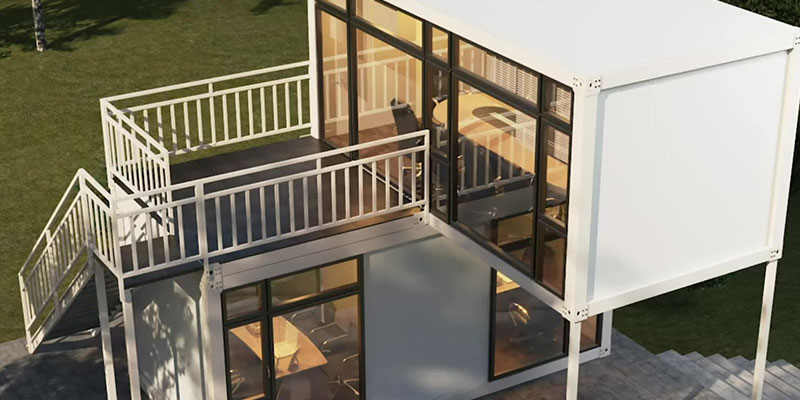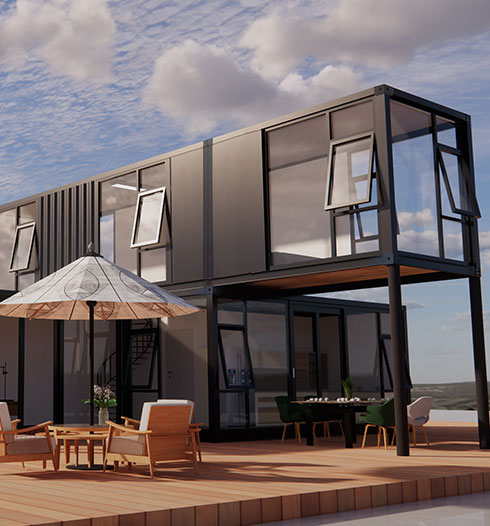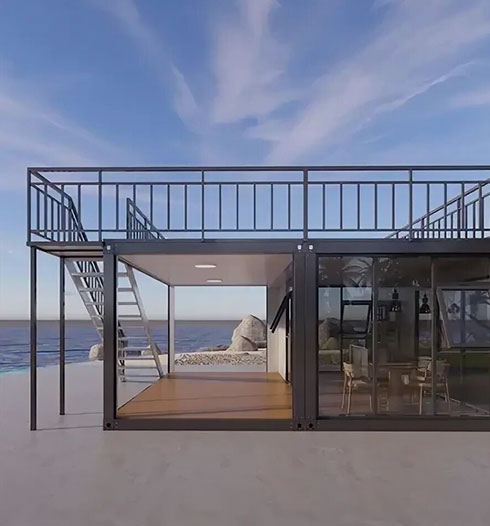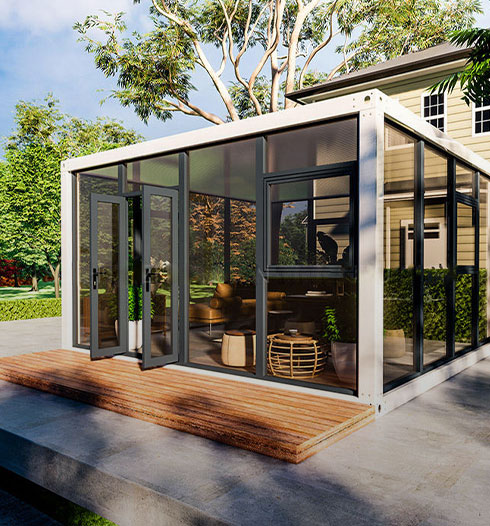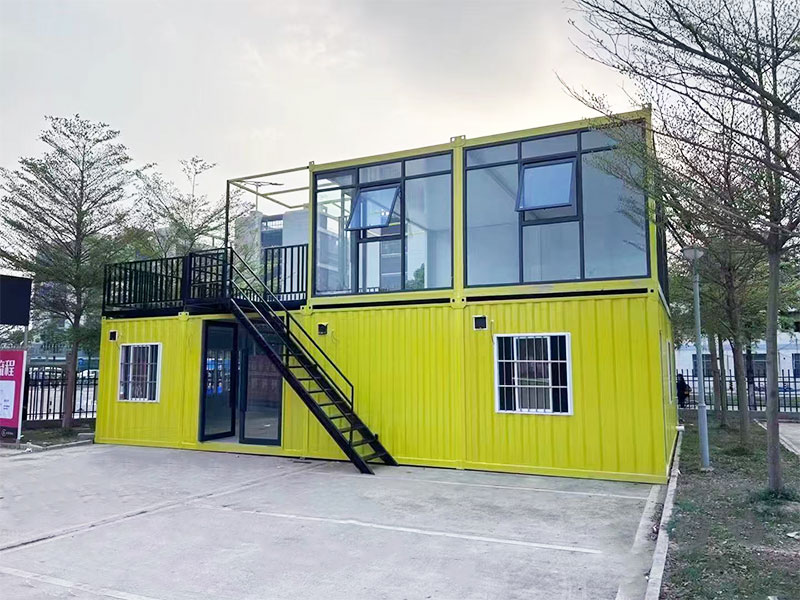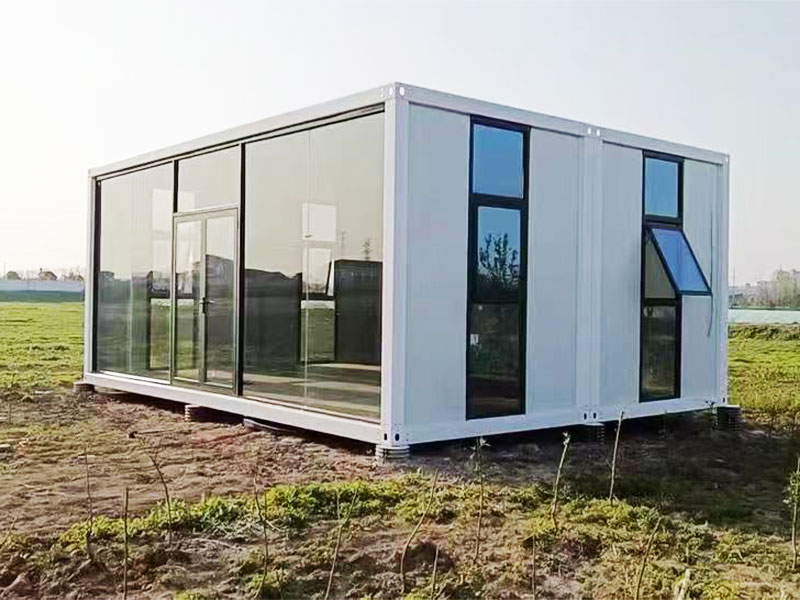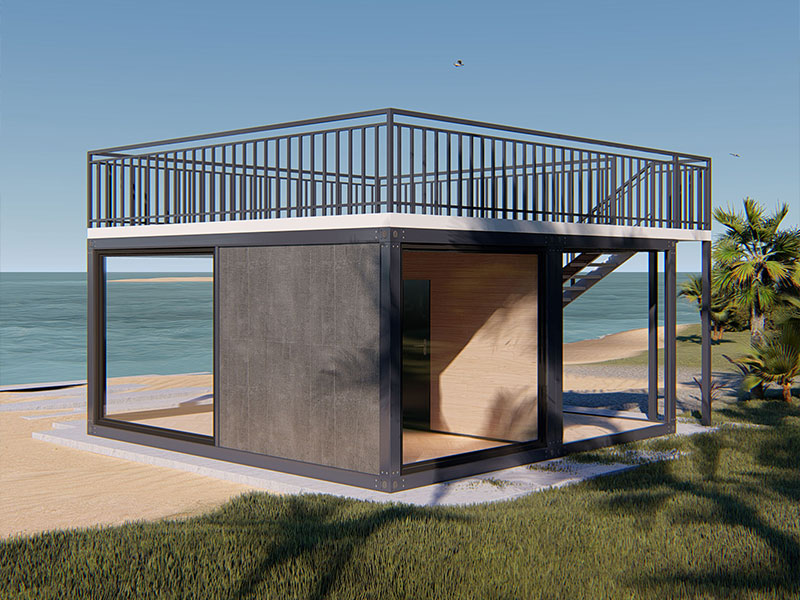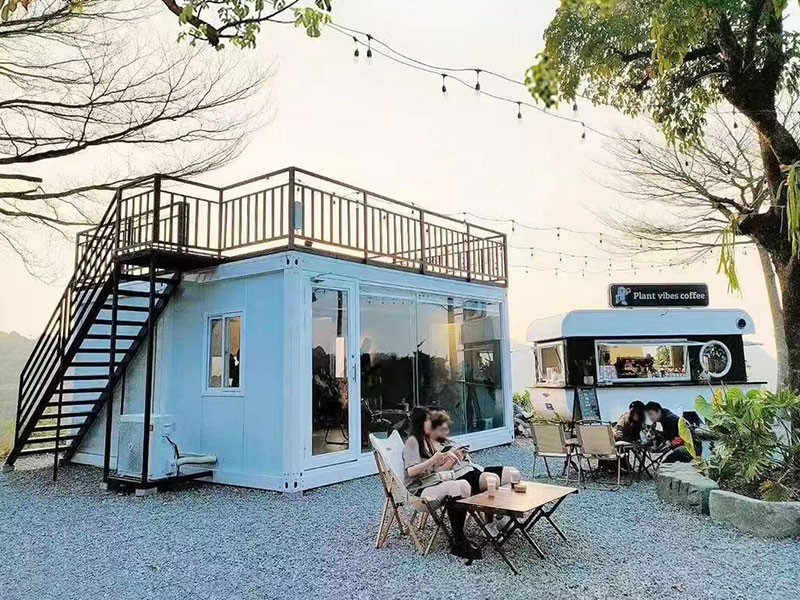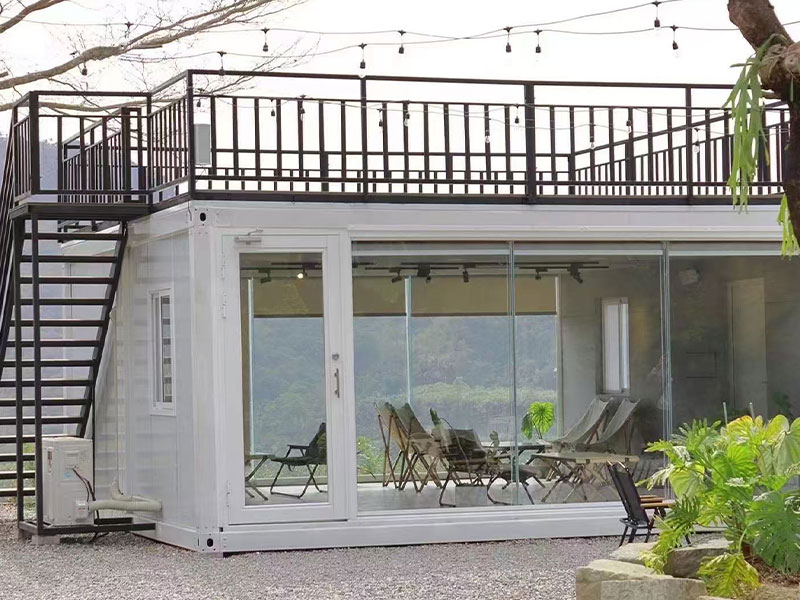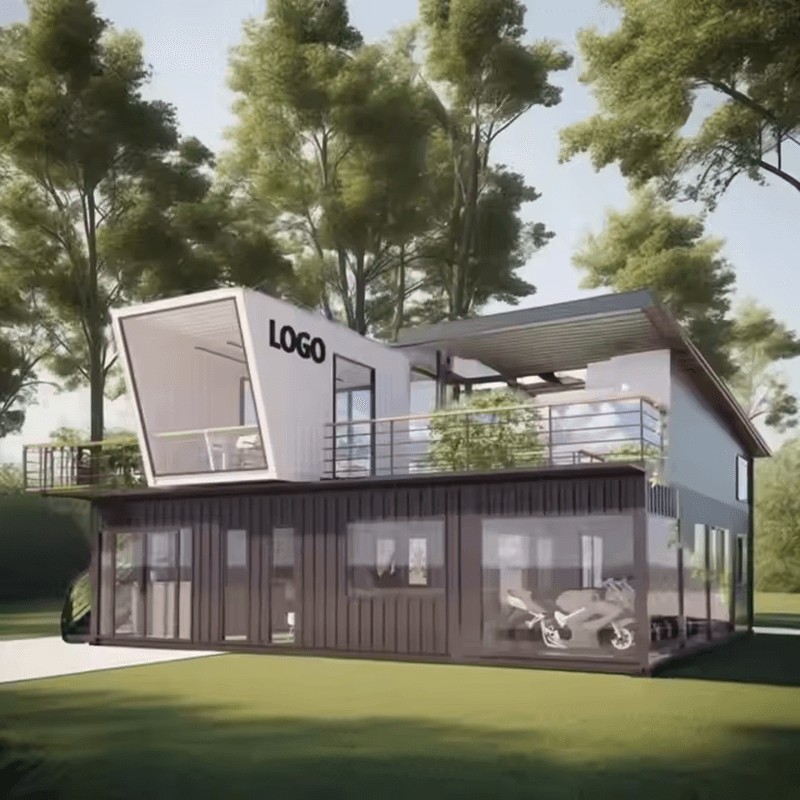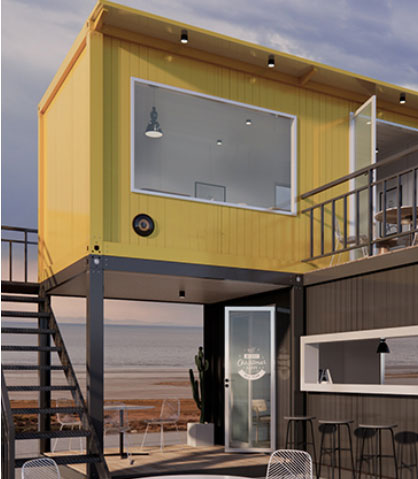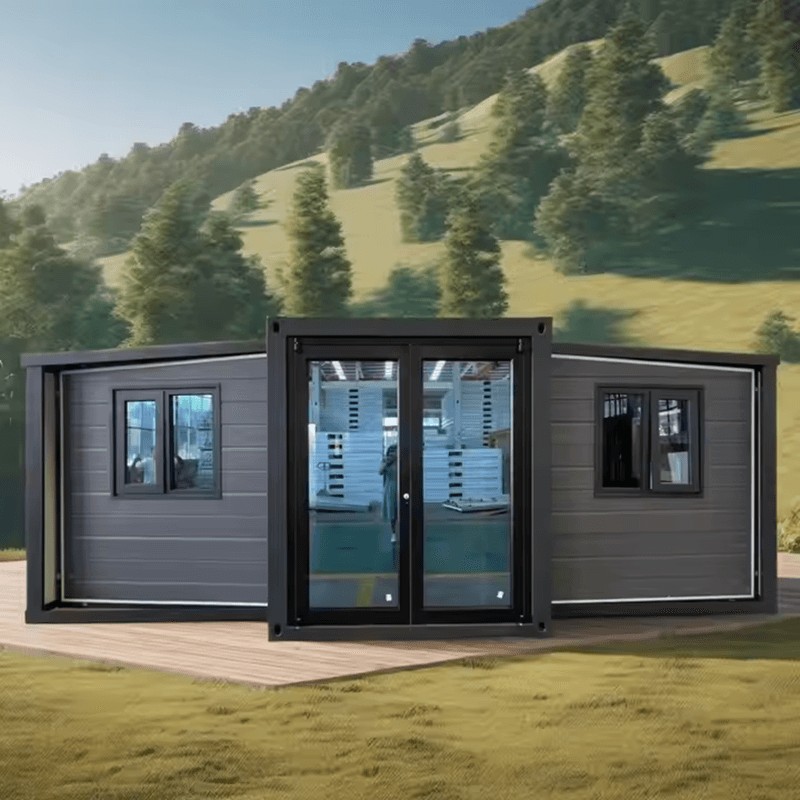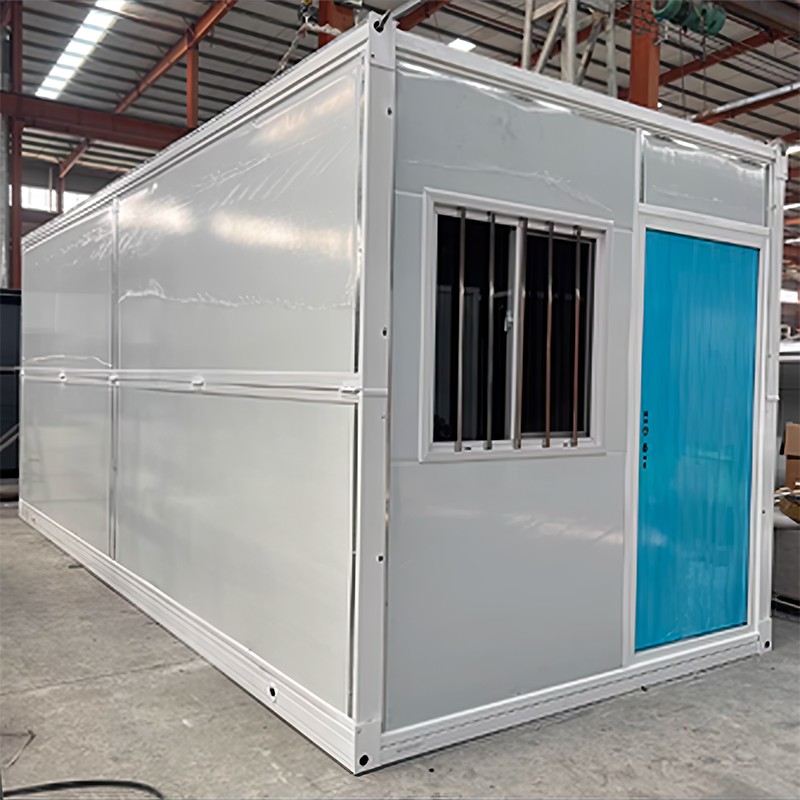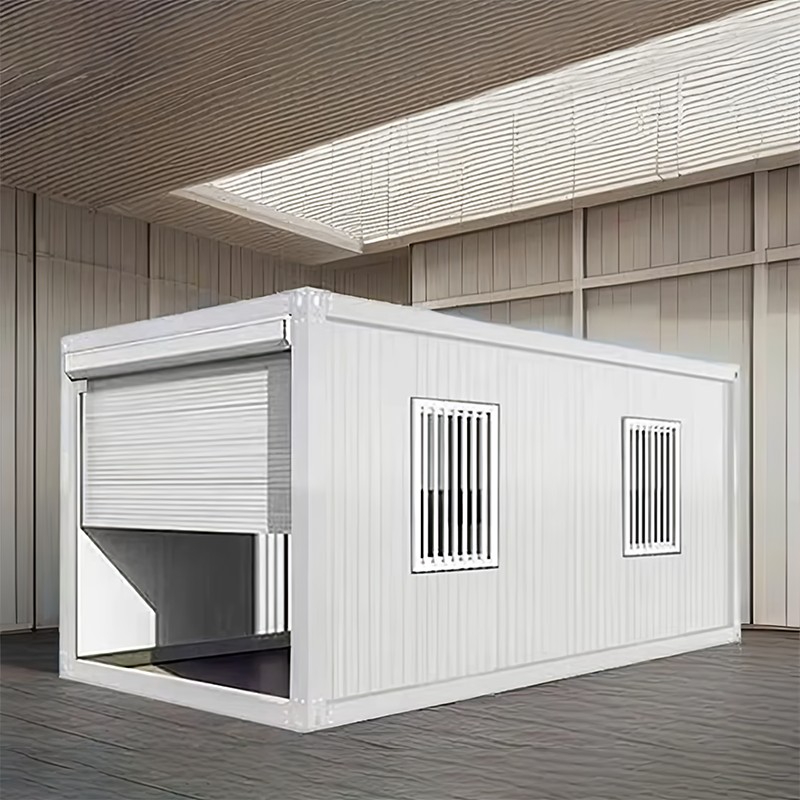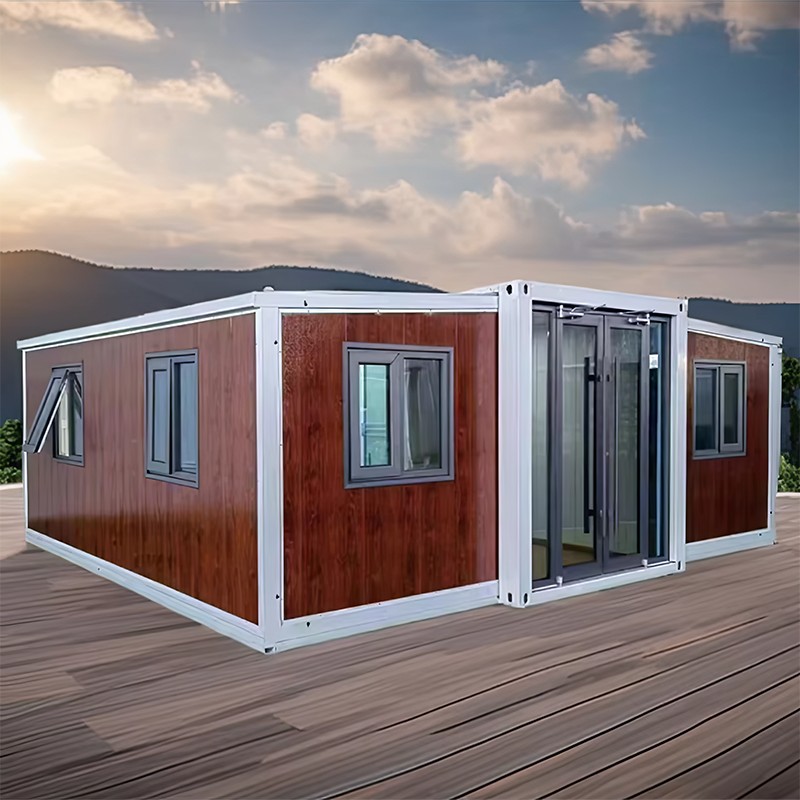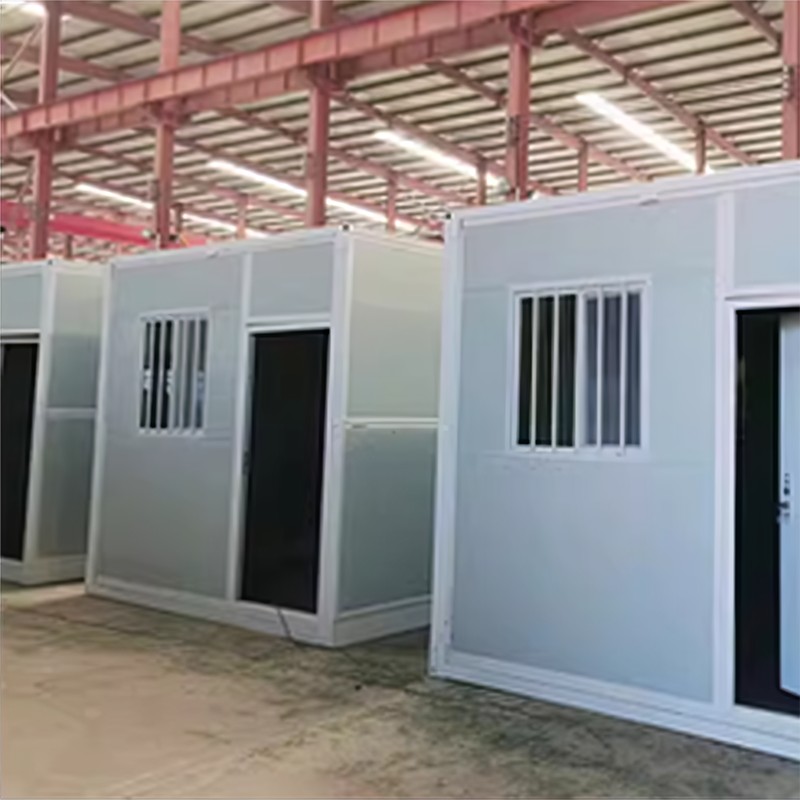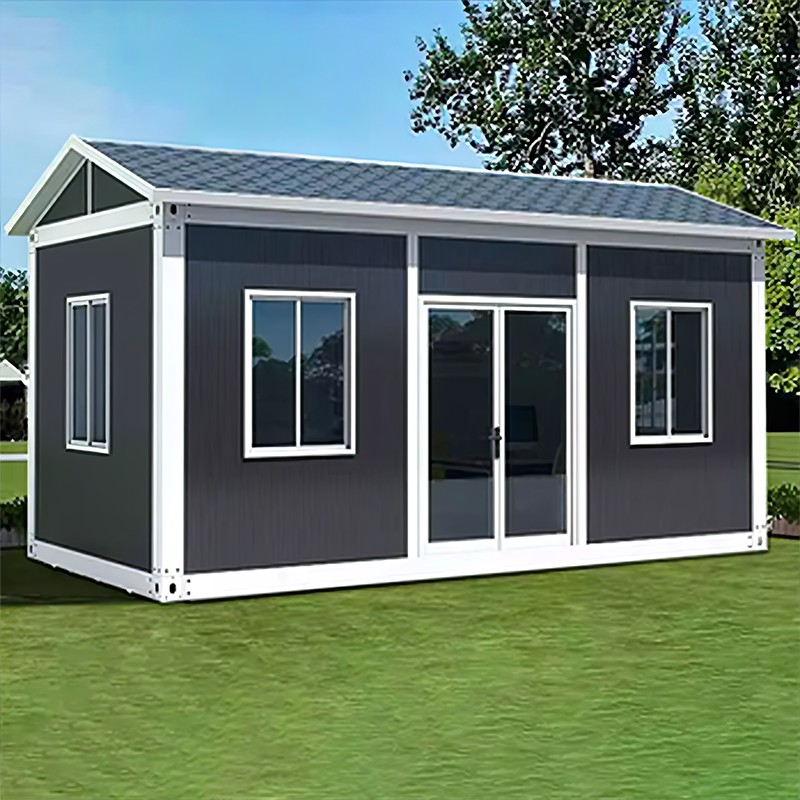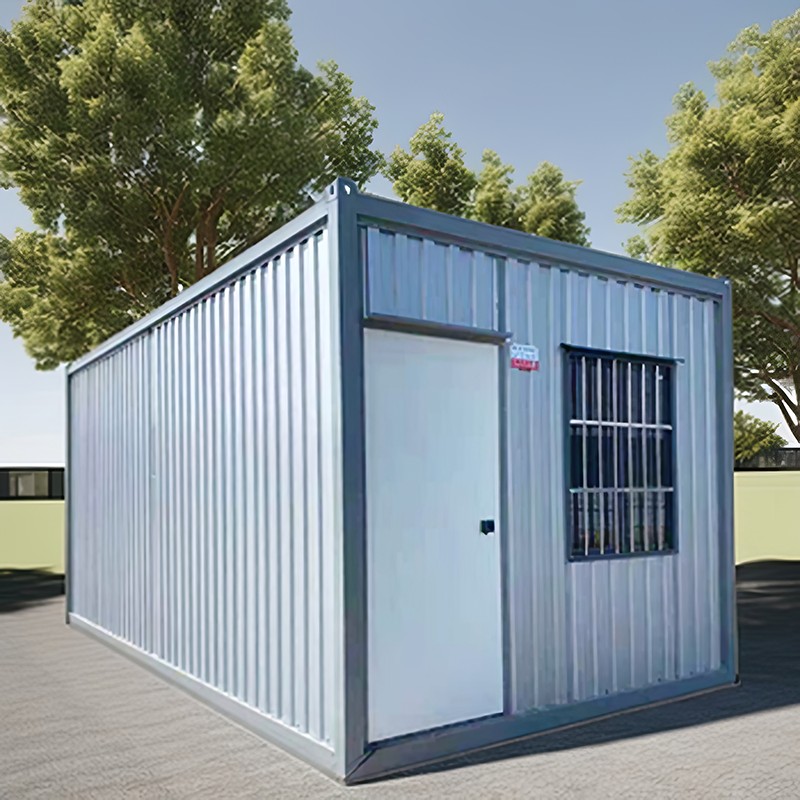1. Basic principles and characteristics of welding process
Welding is a processing method that uses heating, pressurization or both, and with or without filler materials, to achieve atomic bonding of workpieces. For steel, its internal atoms obtain enough energy at high temperature to break the original crystal structure. When the welding heat source is withdrawn, the atoms are rearranged and form new metal bonds to achieve a firm connection between different steel parts.
The good welding performance of steel comes from its own physical and chemical properties. The melting point of steel is relatively moderate. Under the action of common welding heat sources, it can melt quickly and fuse with other steels. At the same time, the content of alloy elements in steel is moderate, and it will not cause too much interference to the welding process, such as excessive defects such as pores and cracks. Steel can maintain good mechanical properties after welding, and key indicators such as strength and toughness will not be significantly reduced due to the welding process. This enables steel to still meet the requirements of the house structure for bearing capacity and stability after welding.
Different types of steel also have certain differences in their welding performance. Low-carbon steel with a low carbon content has good weldability and is not prone to cracks and other defects during welding; while high-carbon steel with a high carbon content requires special process measures during welding, such as preheating and slow cooling, to prevent welding cracks. But in general, the steel used for the construction of container modular houses can achieve good welding results after reasonable selection and process control.
2. The key role of welding process in house structure
The welding process plays a decisive role in the structural construction of container modular houses. It ensures the integrity of the house frame. By welding together steels of different specifications, such as columns, beams, supports and other components, the entire house frame forms an organic whole. This integrity enables the house to work together and resist external forces when it is subjected to various loads, such as its own weight, wind loads, earthquakes, etc., to avoid structural damage caused by loose connections between components.
The welding process ensures the stability of the structure. Precise welding can achieve a higher strength in the connection between steel components, ensuring that the structure will not undergo relative displacement or excessive deformation when subjected to force. In container modular houses, a stable structure is the basis for ensuring the safety of residents and the normal use of houses. Whether in daily use or in the event of extreme weather or natural disasters, a stable structure can provide reliable protection for the house.
Welding technology can also realize the construction of complex structural forms. The design of container modular houses is becoming increasingly diverse, often requiring various complex geometric shapes and spatial structures. The good welding performance of steel enables designers to realize their creativity. By welding and combining steel parts of different shapes and sizes, a house structure with a unique appearance and function can be created to meet the needs of different users for space and use functions.
3. Practical application of welding technology in house construction
In the construction process of container modular houses, welding technology runs through the whole process. In the factory production stage, the steel is first cut and processed to make various required components. According to the design requirements, these components are assembled and welded. During the welding process, welding parameters such as welding current, voltage, welding speed, etc. need to be strictly controlled to ensure welding quality.
For important stress-bearing parts, such as the connection nodes between columns and beams, multi-layer and multi-pass welding is usually used for welding. This can increase the thickness and strength of the weld and improve the reliability of the connection. After welding is completed, the weld needs to be quality inspected. Common inspection methods include appearance inspection, ultrasonic flaw detection, X-ray flaw detection, etc. Through these inspection methods, defects such as pores, slag inclusions, cracks, etc. in the weld can be discovered in time and repaired to ensure that each welded joint meets the quality requirements.
In the on-site assembly stage, the welding process is also crucial. When the container module is transported to the construction site, the modules need to be connected. Welding must not only ensure that the connection between the modules is firm, but also take into account the environment and conditions of the on-site construction. When constructing outdoors, measures such as wind and rain protection need to be taken to avoid environmental factors affecting the welding quality. On-site welders need to have rich experience and skilled skills, and be able to flexibly adjust the welding process according to actual conditions to ensure the smooth progress of welding work.
4, the coordination of welding process with other construction processes
The welding process does not exist in isolation. It works closely with other processes in the construction of container modular houses to create high-quality houses together. In the material processing link, the cutting accuracy of steel directly affects the welding quality. Precise cutting can make the joints between steel parts tighter, reduce welding gaps, and thus improve welding strength. When cutting steel, high-precision cutting equipment, such as laser cutting machines, CNC plasma cutting machines, etc., are usually used to ensure the accuracy of the cutting size.
In the assembly process of the house, welding technology complements other connection methods such as bolt connection. For some parts that need to be frequently disassembled and moved, such as partially removable house expansion modules, bolt connection may be used to facilitate later maintenance and adjustment. For the main structural stress parts, welding technology is relied on to ensure the firmness and stability of the connection. The rational use of the two connection methods not only ensures the safety of the house structure, but also improves the flexibility of house use.
In the later decoration and decoration stage of the house, welding technology also plays a certain role. When installing indoor steel structure decorative components, hanging furniture, etc., it may be necessary to fix them to the house frame by welding. The quality of the welding process not only affects the decorative effect, but also affects the safety of use.
